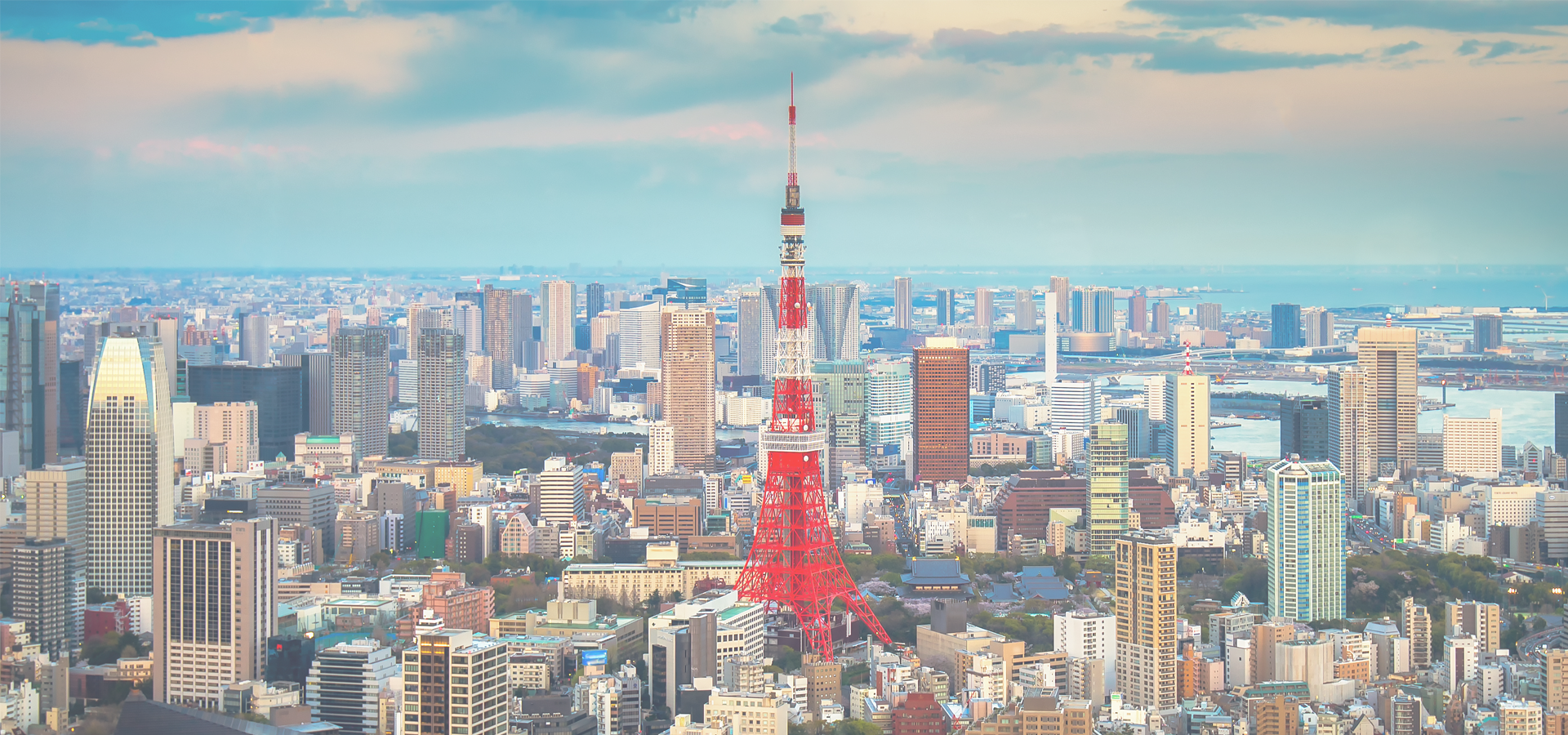Kawachinagano, Ōsaka Prefecture, Kansai Region, Japan
🇯🇵 Kawachinagano is a city located in Osaka Prefecture, Japan. The city was founded in 1954. The city is frequently known as Okukawachi. As of 31 January 2022, the city had an estimated population density of 930 persons per km². The total area of the city is 109.63 square km (42.33 sq mi).
Geography Kawachinagano is located in the south-eastern part of Osaka prefecture, separated from Nara and Wakayama Prefectures by the Izumi Mountains and Mount Kongō. The city is roughly triangular in area with the apex at the north. Approximately 70 percent of the city area is forested, and there are two major rivers: the Ishikawa (the larger) and the Amamigawa (a tributary of the Yamato River). In the southern foothills, the tourist name "Okukawachi" is used, and there are many historical sites and buildings. The city centre it is about 30 minutes to Namba Station in central Osaka and about one hour to Kansai International Airport. Much of the city is within the borders of the Kongō-Ikoma-Kisen Quasi-National Park.
Neighboring municipalities Osaka Prefecture • Sakai • Izumi • Ōsakasayama • Tondabayashi • Chihayaakasaka; Nara Prefecture • Gojō; Wakayama Prefecture • Hashimoto • Katsuragi.
Demographics Per Japanese census data, the population of Kawachinagano increased steadily over the course of the 20th century and has seen gradual decline in the 21st.
History The area of the modern city of Kawachinagano was within ancient Kawachi Province. Evidence of continuous human settlement since the Japanese Paleolithic period has been found. Numerous kofun burial mounds were built in the area during the Kofun period,and the Asuka period scholar and diplomat Takamuko no Kuromaro came from this area. During the Nara and Heian period, numerous Buddhist temples were built, including Kanshin-ji and Kongō-ji. During the Nanboku-chō period, the area was the site of many conflicts between the Northern Court and the Southern Court. During the Edo Period much of the area came under the control of Sayama Domain, Zeze Domain and Kanbe Domain.
After the Meiji restoration, the area became part of Osaka Prefecture from 1881. The villages of Nagano, Nishigori, Shinno (later renamed Chiyoda), Amano, Mikkaichi, Kawakami, Amami, and Kaga-Tamura and Takamukai were created with the establishment of the modern municipalities system on April 1, 1889. On April 1, 1896, the area became part of Minamikawachi District, Osaka. Nagano was elevated to town status on September 1, 1910. On April 1, 1954, Nagano merged with Mikkaichi, Kawakami, Amami, Kagata, and Takamukai villages to form the city of Kawachinagano.
Government Kawachinagano has a mayor-council form of government with a directly elected mayor and a unicameral city council of 18 members. Kawachinagano contributes one member to the Osaka Prefectural Assembly. In terms of national politics, the city is part of Osaka 15th district of the lower house of the Diet of Japan.
Economy Kawachinagano was traditionally known for its toothpick and bamboo blind crafts. Forestry and wood processing remain an important component of the local economy. Industries include metal casting and the brewing of sake. An increasing percentage of the working population is commuting to larger population centres, such as Sakai, Osaka, Hashimoto or Gojo.
Education Kawachinagano has 13 public elementary schools and seven public middle schools operated by the city government and two public high schools operated by the Osaka Prefectural Department of Education. There are also one private middle school and two private high schools. The Osaka Chiyoda Junior College is located in Kawachinagano
Transport: Rail Nankai Electric Railway - Nankai Kōya Line • Chiyoda - Kawachinagano - Mikkaichichō - Mikanodai - Chihayaguchi - Amami; Kintetsu Railway - Kintetsu Nagano Line • Shionomiya - Kawachinagano.
Transport: Road • National Route 170 • National Route 310 • National Route 371.
Temples and Shrines • Iwawaki-ji • Emmei-ji • Kanshin-ji • Kawaidera • Kongō-ji • Eboshigata Hachiman Jinja.
Nature and Parks • Mount Iwawaki • Mount Kongō • Mount Makio • Takihata Dam • Teragaike • Kongō-Ikoma-Kisen Quasi-National Park • Nagano Park • Teragaike Park.
Amusement parks • Kansai Cycle Sports Center • Osaka Prefectural Flowers Garden.
Tokyo Time

Kawachinagano has a population of over 101,649 people. Kawachinagano also forms part of the wider Ōsaka Prefecture which has a population of over 8,823,358 people.
To set up a UBI Lab for Kawachinagano see: https://www.ubilabnetwork.org Twitter: https://twitter.com/UBILabNetwork
Twin Towns, Sister Cities Kawachinagano has links with:
🇺🇸 Carmel, USA🇺🇸 Lake Havasu City 34.475
🇺🇸 Fort Payne 34.45
🇯🇵 Higashihiroshima 34.435
🇺🇸 Santa Barbara 34.417
🇺🇸 Canyon Country 34.413
🇯🇵 Higashiōsaka 135.645
Locations Near: Kawachinagano 135.566,34.4526
🇯🇵 Habikino 135.6,34.55 d: 11.3
🇯🇵 Fujiidera 135.6,34.567 d: 13.1
🇯🇵 Izumi 135.425,34.479 d: 13.2
🇯🇵 Sakai 135.483,34.573 d: 15.4
🇯🇵 Kashiwara 135.633,34.583 d: 15.8
🇯🇵 Hashimoto 135.621,34.305 d: 17.2
🇯🇵 Katsuragi 135.733,34.483 d: 15.7
🇯🇵 Izumiotsu 135.4,34.5 d: 16.1
Antipodal to: Kawachinagano -44.434,-34.453
🇧🇷 Tubarão -49,-28.467 d: 19221.2
🇧🇷 Criciúma -49.372,-28.678 d: 19220.9
🇧🇷 Viamão -51.023,-30.088 d: 19228.5
🇧🇷 Gravataí -50.983,-29.933 d: 19220.2
🇧🇷 Alvorada -51.079,-30.001 d: 19218.1
🇧🇷 Palhoça -48.667,-27.633 d: 19156.5
🇧🇷 São José -48.617,-27.6 d: 19155.4
🇧🇷 Cachoeirinha -51.083,-29.95 d: 19214.1
🇧🇷 Rio Grande -52.099,-32.041 d: 19253.8
🇧🇷 Porto Alegre -51.229,-30.028 d: 19208.9